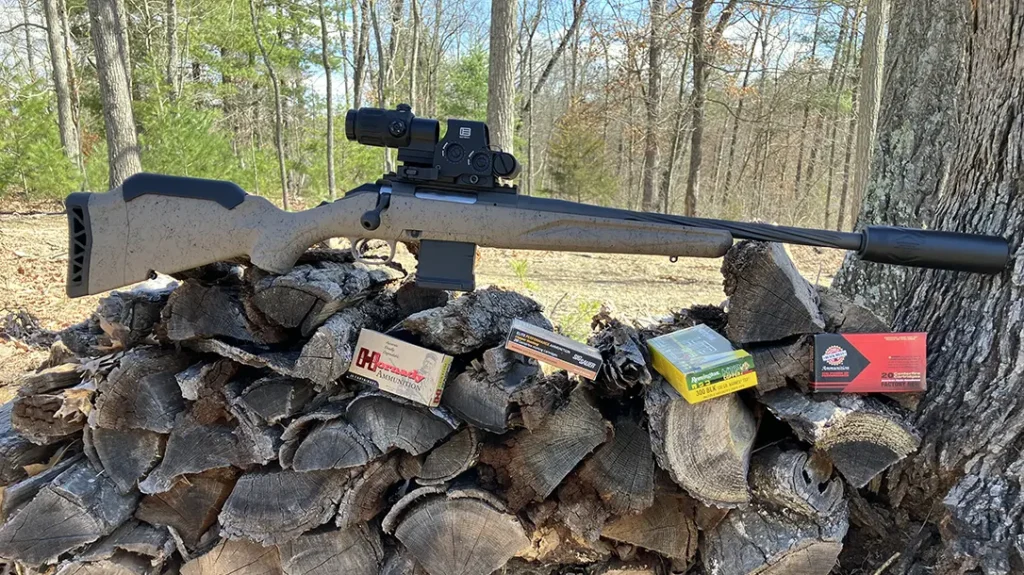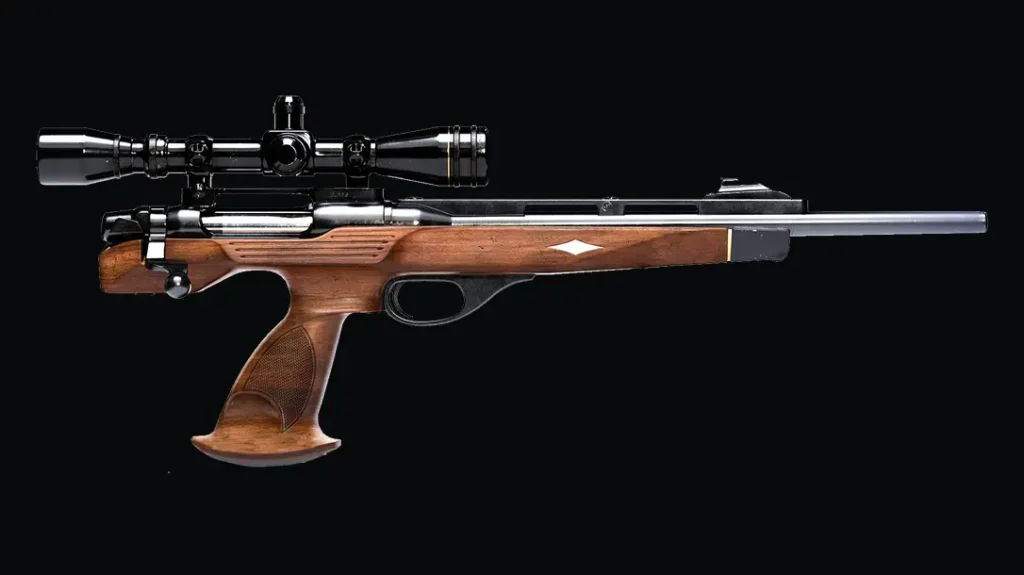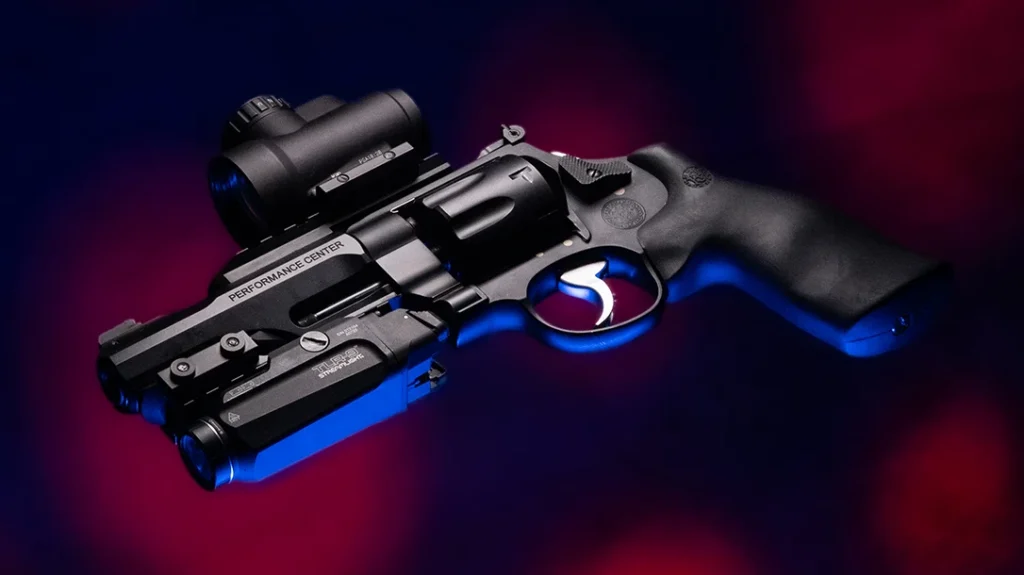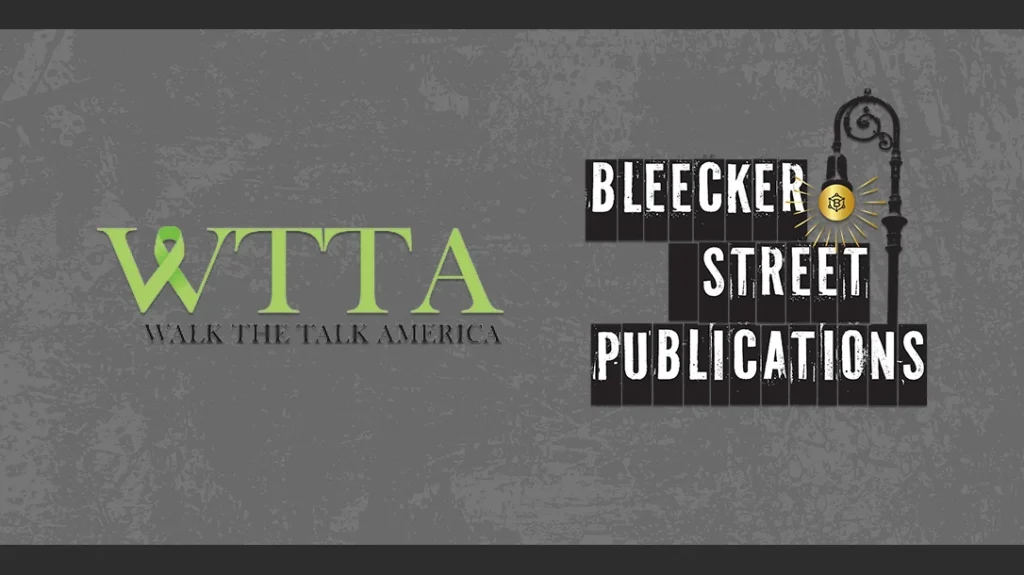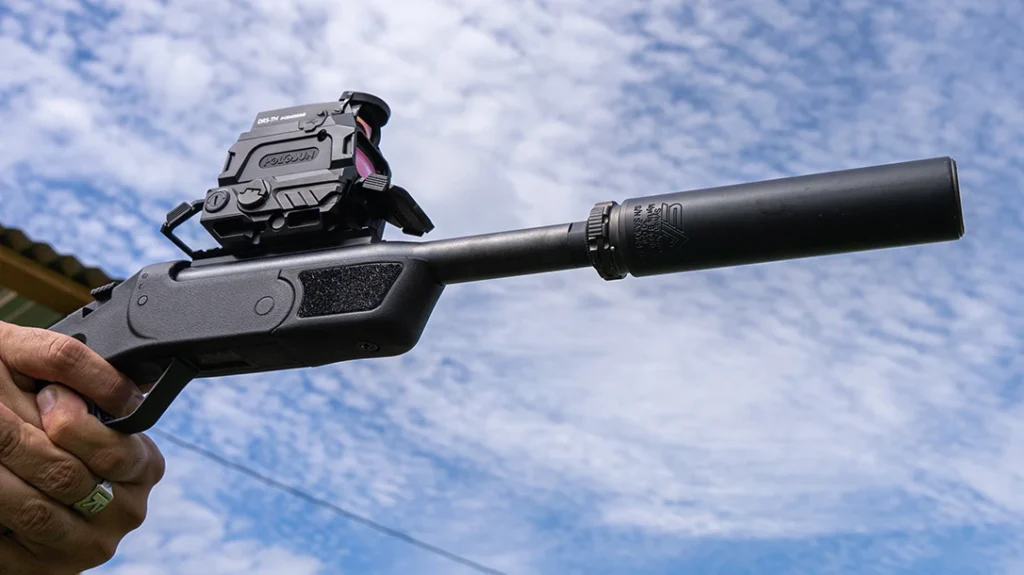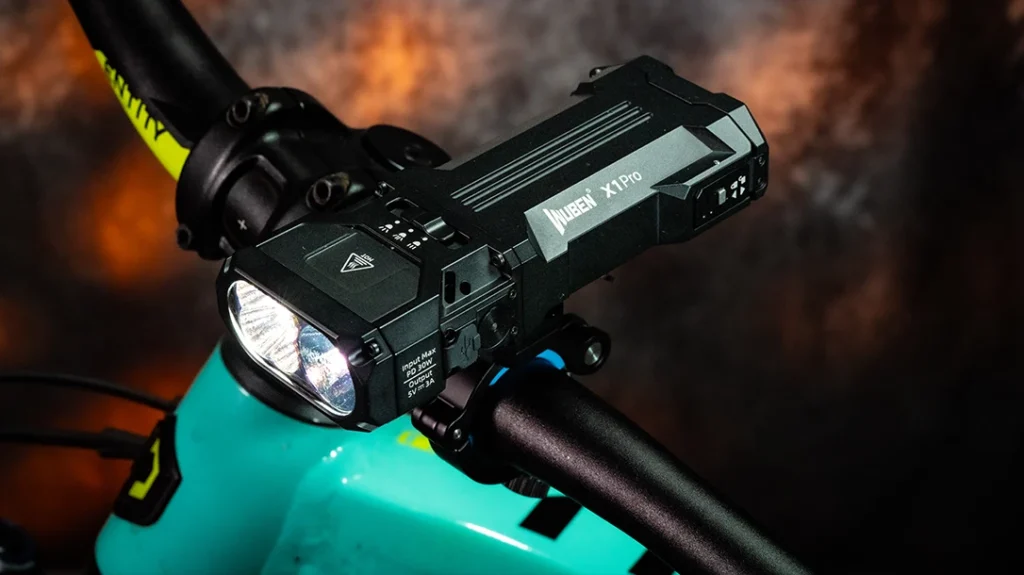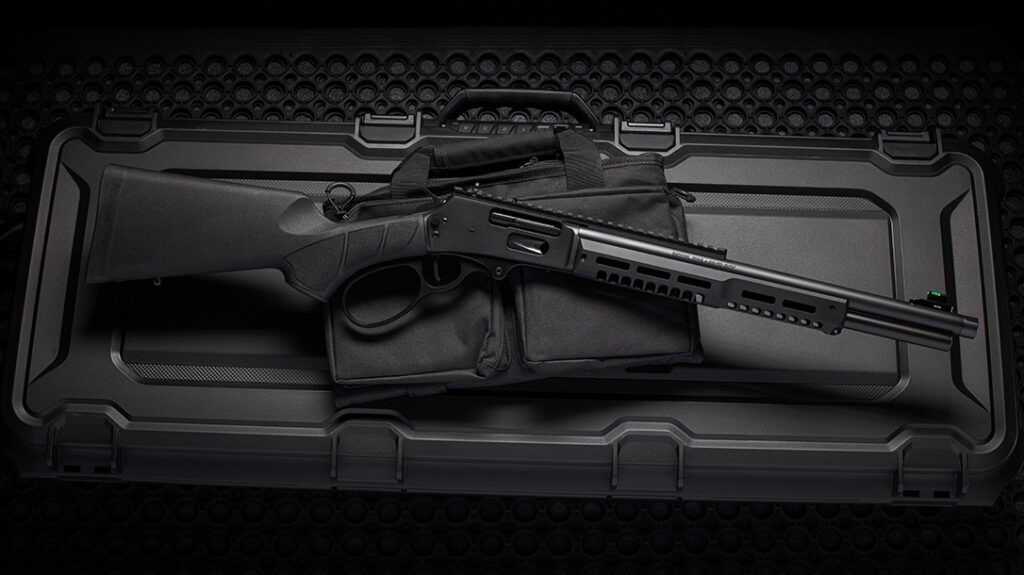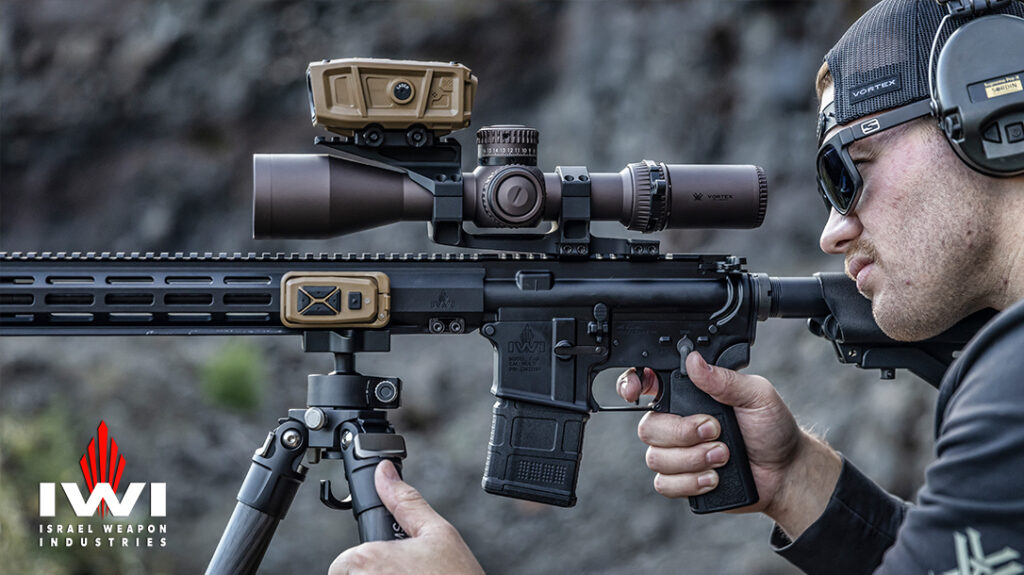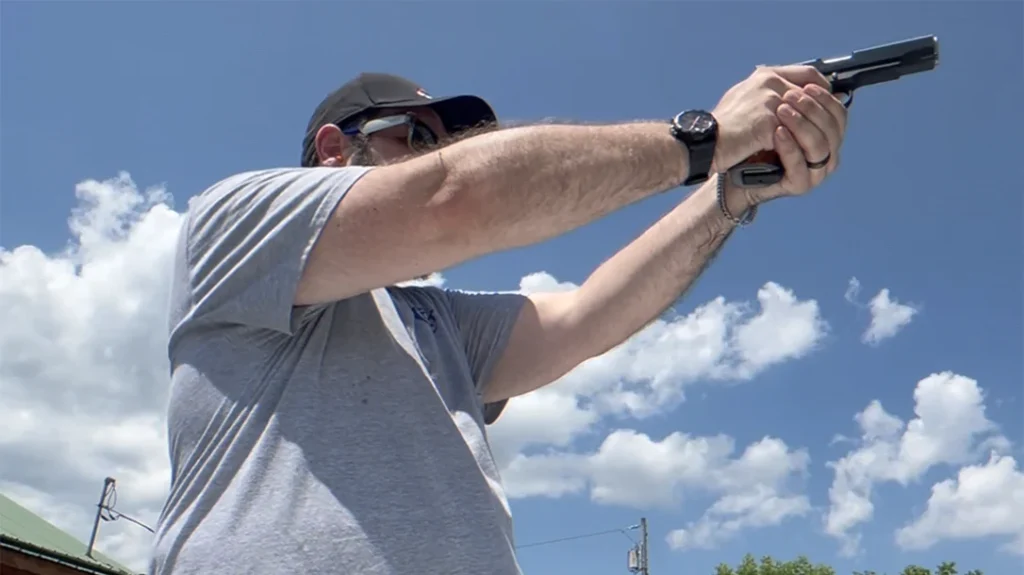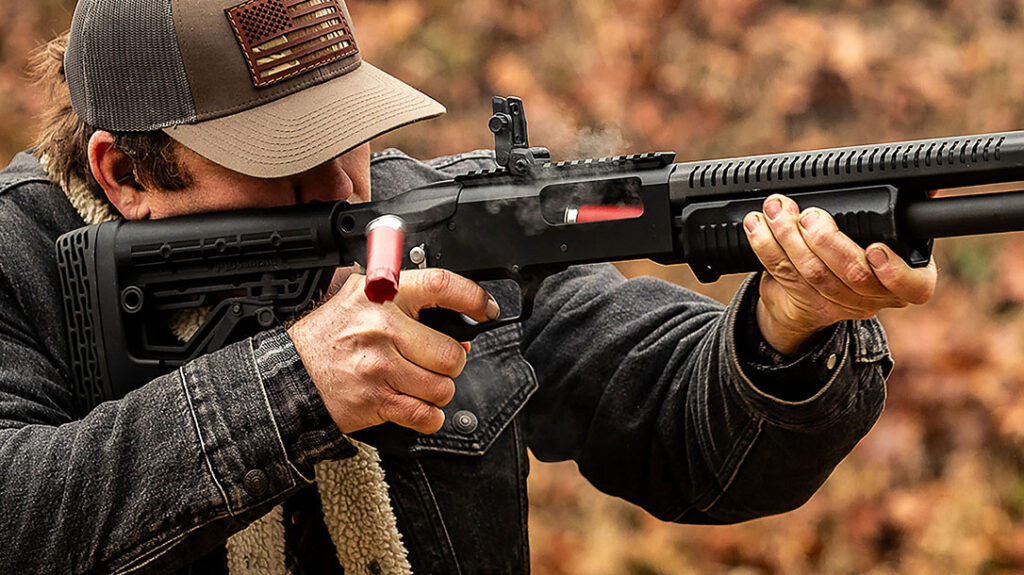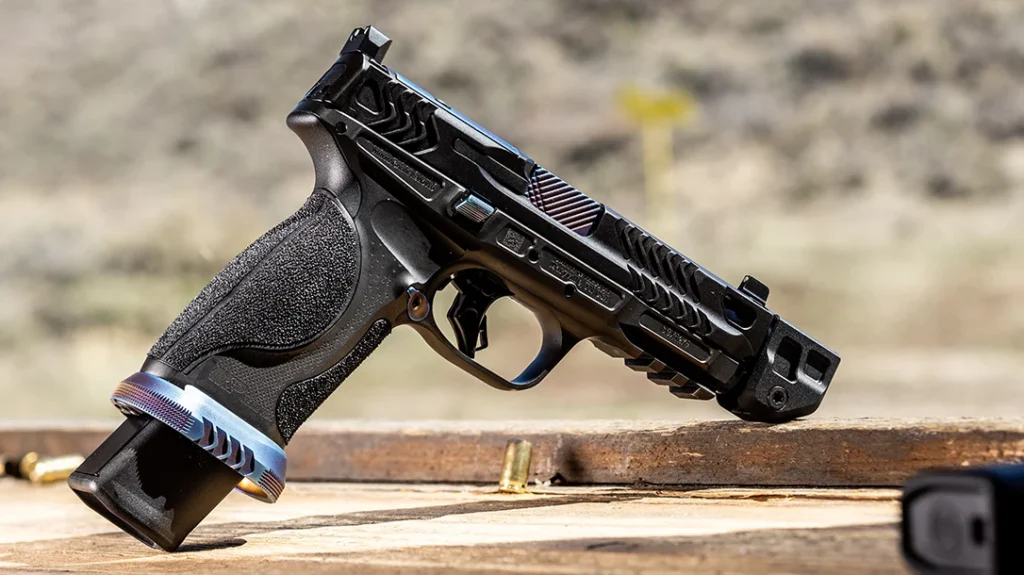The year was 1917, and the world was on fire. Western Europe was a hell of our own making, and America was being dragged kicking and screaming into the planet’s first true world war. We weren’t prepared. Massive armies numbering in the millions burrowed into the trenches. They had to, because otherwise the artillery and belt-fed machineguns would tear soldiers to pieces. As if that wasn’t horrible enough, both sides also liberally employed toxic gases that killed so cruelly. Such gasses, no kidding, gave a young Hitler pause.
As the Great War raged on, John Moses Browning, the greatest gun designer in human history, was tasked to build a weapon that would free our Doughboys from the trench fighting that so characterized combat in Europe. To make things all the more poignant, the great man’s son Val was a serving Army officer destined for the front himself. The end result of his assignment bore his name and represented a radical transformation in man-portable automatic firepower.
Though heavy and enormous, the Browning Automatic Rifle was everything it was billed to be.
Advertisement — Continue Reading Below
Browning Automatic Rifle Origin Story

When first you heft a BAR, it seems like it was not scaled for normal humans. A century ago, people were generally smaller. Their diets were suboptimal compared to today’s norm. But these folks were hard. They were accustomed to plowing fields behind mules and were well acquainted with grueling, back-breaking labor. Packing a four-foot automatic weapon that weighed sixteen pounds wasn’t any different.
The world was indeed different back then. Once Mr. Browning had his BAR perfected, he brought it to Washington DC for a public demonstration. Browning set up in an area of south Washington called Congress Heights. He proceeded to ventilate the countryside in front of some three hundred military officers, legislators, foreign dignitaries and journalists. Browning left that day with a contract.
Advertisement — Continue Reading Below
The US Military’s first order was for 12,000 guns. Browning worked for Colt at the time, but it was already operating at full capacity building Vickers machineguns for the British. Winchester thus became the first company to produce the BAR. By July of 1918, Winchester was producing 9,000 copies per month. Colt and Marlin-Rockwell joined in when they could.
Browning Automatic Rifle: The Early Days

Early M1918 BARs were true automatic rifles. They had no bipods or carrying handles. These fed .30-06 ammunition from 20-round box magazines. This was to facilitate “walking fire.” The bearer of the BAR was supposed to fire the weapon from the hip while advancing over contested terrain. Even the web gear of the day included a pressed steel cup on the right side. This cup was to hold the buttstock off the hip and help distribute the weapon’s prodigious weight.
Advertisement — Continue Reading Below
The M1918 BAR was a gas-operated, air-cooled, selective-fire automatic rifle that functioned via a long-stroke piston-driven action. BAR actions incorporated a rising bolt lock and a fixed ejector. To minimize overheating, BARs implemented open bolts. Those early BARs included a simple tubular flash suppressor– and beautiful walnut furniture.
The BAR did manage to see action in the closing weeks of World War 1. Val Browning himself was actually the first American soldier to fire the BAR in anger. Realistically, the war ended before the gun could make a significant impact on the battlefield.
Despite its limited time in service, the BAR left an outsized impression. The French ordered 15,000 to replace their legendarily inadequate Chauchaut. Back home, BARs ended up in widespread use with both active and reserve forces throughout the Army.
Advertisement — Continue Reading Below
That fact has bearing on our story here directly.
Domestic Disturbances

In America, the years immediately after the First World War were vibrant. However, there were forces at work that would soon bring our nation to its knees. The recently ratified 18th Amendment and the Volkstead Act made the production, sale, and transportation of alcohol illegal in 1920.
Advertisement — Continue Reading Below
Predictably, this created thriving business opportunities to provide illicit beer and spirits to Americans whose proclivities were not quite so Puritanical. Then the stock market crashed in 1929. The subsequent Great Depression rendered much of the country destitute. By the 1930s, the stage was set for some simply epic criminals.
The era of the motorized bandit saw bloodthirsty career criminals robbing banks and then shooting their way to freedom. These murderers drove fast powerful cars and packed serious firepower. In the days before the 1934 National Firearms Act, there were essentially no gun laws in America. All it took was some money to walk out of a hardware store with a Thompson submachine gun. It was simply that criminals were the only ones in the country with any money.
The Thompson got all the press. Al Capone’s gangsters massacred seven members of the Northside Gang in 1929. This came to be known as the Saint Valentine’s Day Massacre. It took place in Lincoln Park, Illinois, and, in so doing, captivated the world.
Advertisement — Continue Reading Below
The Tommy Gun soon became a fixture in period movies and newsreels.
In reality, it was the BAR that actually got the most trigger time during the gangster era. It was actually simply a function of availability.
Where Did They Come From?
Colt produced the original run of M1921 Thompson submachine guns. The production run totaled 15,000 units. Local police departments, the FBI and the US Postal Service were some of the original customers that purchased these guns. Thompsons originally cost $175. Then you had to add another $25 for the iconic Cutts compensator–$200 total price. In today’s money, that’s roughly $3,500. As a result, these guns were far from common.
Advertisement — Continue Reading Below
By contrast, the BAR was a fixture at National Guard armories across the country. For murderous bandits tearing across the countryside, Guard armories provided a handy source of proper firepower. Most of the machineguns used by America’s most infamous criminals were pilfered from Guard armories and local police stations.
The BAR Hits the Big Time

Arguably the most infamous user of the BAR during the gangster era was one Clyde Chestnut Barrow. After he hit the road with a young married girl named Bonnie Elizabeth Parker, the American public just couldn’t get enough. In an era when alcohol was illegal, people were broke and traditional social mores frowned upon extramarital activities, the adventures of Bonnie and Clyde were reliably scintillating.
Advertisement — Continue Reading Below
The couple’s bank robberies were indeed flashy. But Bonnie and Clyde really preferred to knock over small-town gas stations and mom-and-pop shops. These star-crossed psychopaths and their nefarious criminal colleagues showed little hesitation to murder down the innocent. They ultimately killed at least thirteen people. Nine of these were lawmen.
Barrow got his first two BARs as a gift from a fellow criminal. He was immediately enamored with the big gun’s overwhelming man-portable firepower. He eventually lost a couple and gained a few more. All were sourced from National Guard armory robberies. He pruned the barrels back on two of these BARs to make them more easily concealed. He called these cut-down BARs his “scatterguns.” People tended to scatter at the very sight of one.
The Barrow Gang’s Denouement

Immediately after Frank Hamer’s posse gunned down Bonnie and Clyde on a rural road in Bienville Parish, Louisiana in May of 1934, the lawmen recovered quite the stash.
Bonnie and Clyde were found with:
- three M1918 Browning Automatic Rifles
- one 20-gauge Remington Model 11 semi-auto cut-down shotgun
- one 10-gauge Winchester Model 1901 lever-action shotgun (also sawed-off)
- one .32-caliber M1903 Colt automatic pistol
- one .38 Colt Detective Special revolver
- one .25 ACP Colt automatic pistol
- one .45-caliber Colt M1909 revolver
- seven .45 ACP Colt M1911 automatic pistols.
The sawed-off 20-gauge Model 11 belonged to Bonnie. Hamer’s men also recovered one hundred loaded 20-round BAR magazines. Those were separate from another 3,000 rounds of assorted ammunition.
After the dust settled, Hamer’s six-man posse had fired about 130 rounds. There were 112 bullet holes in the couple’s stolen 1934 Ford Deluxe V8. Barrow was struck seventeen times and Parker twenty-six. It was a gory, but fitting end to America’s first criminal couple.

Browning Automatic Rifle Particulars

Those early Winchester and Colt BARs were things of beauty. They featured deep-blued steel and premium walnut furniture. Nowadays, military guns are built to be rugged and utilitarian. Back then, such weapons were still manufactured by artisan gunsmiths.
The gun used for this project was made by Ohio Ordnance Works. Under license from Colt, Ohio Ordnance Works produced a single run of 200 semiauto M1918s. These guns sold out in short order. In fact, this is one of two I’ve ever actually seen for sale. Ohio Ordnance Works BARs are insanely expensive. This particular example, however, had a curious story. It was therefore considerably cheaper.
I got the tale in only the broadest terms. This specimen was new and unfired when it was handed over to the local constabulary for safekeeping. (Who knows the reason?) It was part of an extensive collection that the cops secured until the lot could be auctioned off.
To many cops and most soldiers, guns are just tools. They’re not objects to be revered and studied as is often the case with folks like us. So this huge collection of beautiful firearms was just jammed into a corner of some evidence room. It wasn’t long until its magazine, the original box and accessories were lost. The brand new gun also got banged up a bit.
Fortunately, the steel came through relatively unscathed. Sadly, the furniture turned up with dings and scratches in several places. With attention to detail normally reserved for the Louvre, I matched the stain and gently touched up these shallow gouges. If you didn’t know to look for them, you’d never know they were there.
BAR Trigger Time

Even though original fully automatic BARs spit out stout 30-06 loads, the guns were heavy enough to control fairly easily. The 20-round magazines prevented protracted suppressive fire, by design. Smaller magazines allowed the bearer to run the guns comfortably, shoot from the prone and prevent undue overheating.
Though I’ve always been a pretty skinny guy, I can shoulder fire bursts from the BAR without too much difficulty. The gun is quite comfortable on rock and roll from the hip, though there is the obligatory degradation in precision. Nevertheless, I can see how Clyde Barrow could burst into a bank packing a BAR and feel like master of the world.

